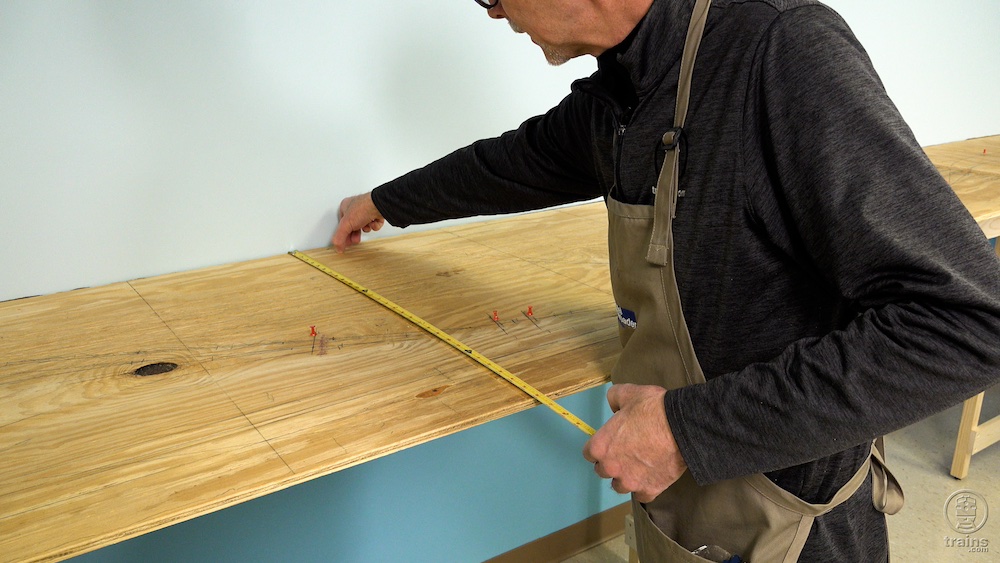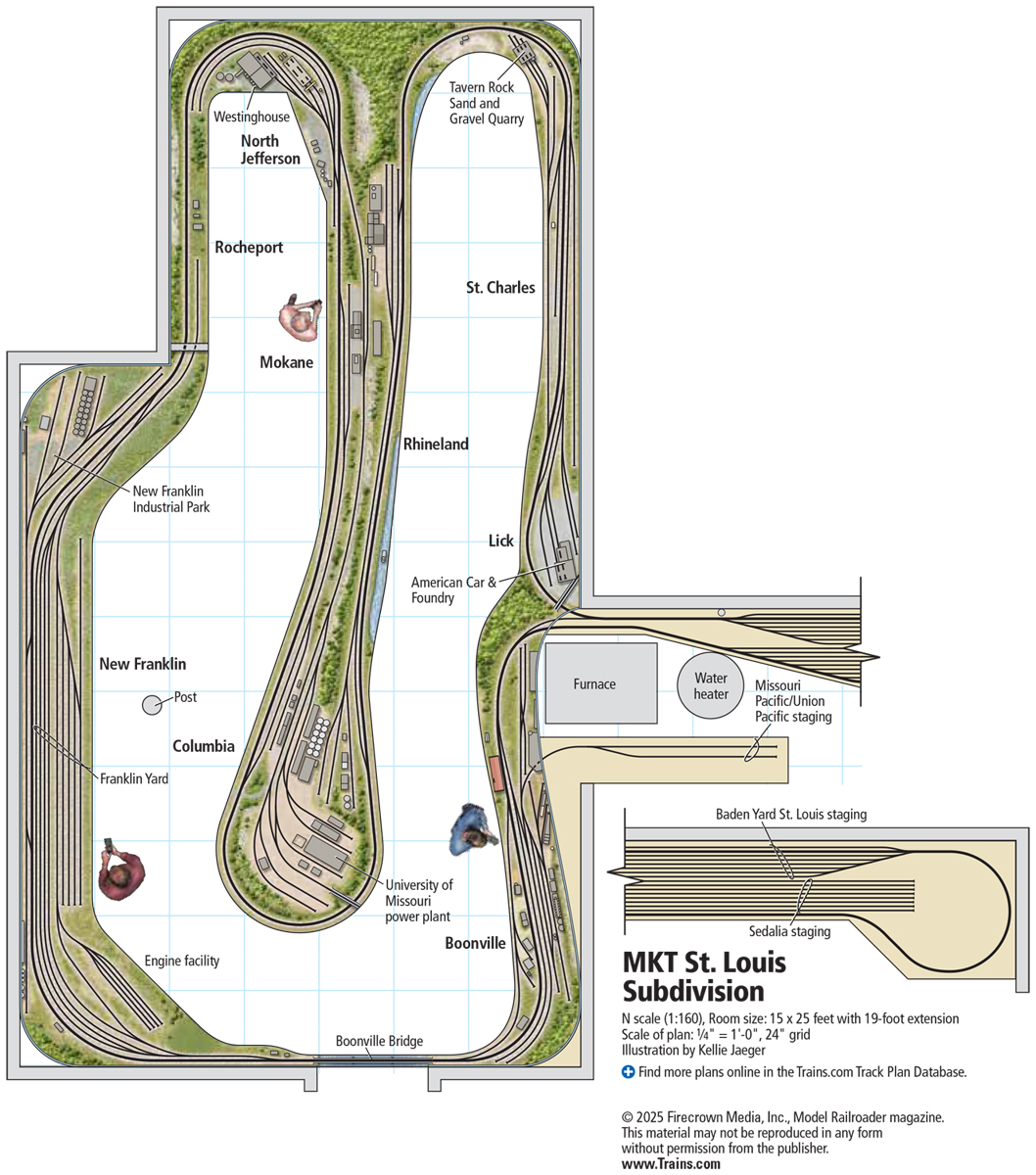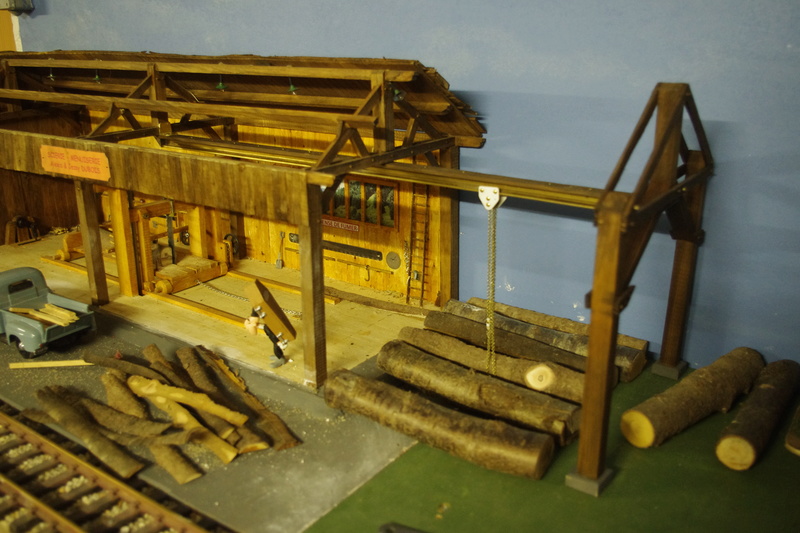
Have you ever been curious as to just how fast your locomotives can travel and what will happen if a speeding train encounters a sharp curve? With a stretch of straight track to accelerate on, and an O-27 curve at the end, you can usually find out.
But the question remains: Just how fast can our trains go? Running trains over a layout, how can we know whether they’re moving at realistic speeds?
Answering this question requires a bit of math. Speed, or velocity, is simply distance divided by time. In the U.S. we’re accustomed to expressing speed in miles per hour but it’s more practical for us to work in inches per second and do a conversion.
There are several ways of measuring the speed of a model train. The first method is to set the train on the track, run it for a fixed number of seconds, and determine how far it has traveled. Unfortunately, doing this can be awkward if your layout has a lot of curves.
If you have a long stretch of straight track, you can simply measure the length of your longest straight section and see how long it takes the train to get from one end to the other.
Alternate method to calculate toy train speeds
But what if you don’t have a long expanse of straight track? There’s yet a third way.
Assemble a train of a dozen or so cars. Pick a spot on the layout, and time how long it takes the entire train to pass that point. Then, instead of measuring the length of the track, measure the length of the train. Remember to stretch the slack out of the couplers when making this measurement.
Each of these scenarios yields two measurements: a length in inches and a time in seconds. Experience shows that the longer the length (of either the track or the train), the more accurate the following calculations will be.
The math to get the speed is relatively straightforward, but accuracy depends on the scale you’re working with. In O gauge each actual 1/4-inch represents 12 scale inches, and in S gauge each 3/16-inch represents the same scale foot.
To get miles per hour, you need to translate measured inches into feet, account for the scale, and convert feet to miles. Next, seconds must be translated to minutes and then into hours. You can do all these calculations one at a time, or you can lump them into a single conversion. I prefer the latter, and I’ve set up the following conversions.
In O gauge, you multiply your measured number of inches by 2.72727 and then divide the product by the number of seconds your train took to pass a given spot. This gives an answer in scale miles per hour.
In S gauge, you multiply the number of inches by 3.63636 and divide that product by the number of seconds. For 1:22.5 scale trains, the magic conversion number is 1.27841.
Toy train speed example
Here’s an example. I have a 160-inch straightaway on my layout. Using the straight track method, I measure how long a train takes to get from one end of that stretch of track to the other. My train consists of a Lionel postwar GP7, a half-dozen no. 6464 boxcars, and a caboose. I count 10 seconds.
Then I multiply 160 x 2.72727, divide by 10, and get 44 mph. Unless you have a stopwatch, measurements to the nearest whole second are accurate only to about plus-or-minus 5 miles per hour. Nonetheless, you now have a convenient tool to answer the age-old question, “How fast?”













